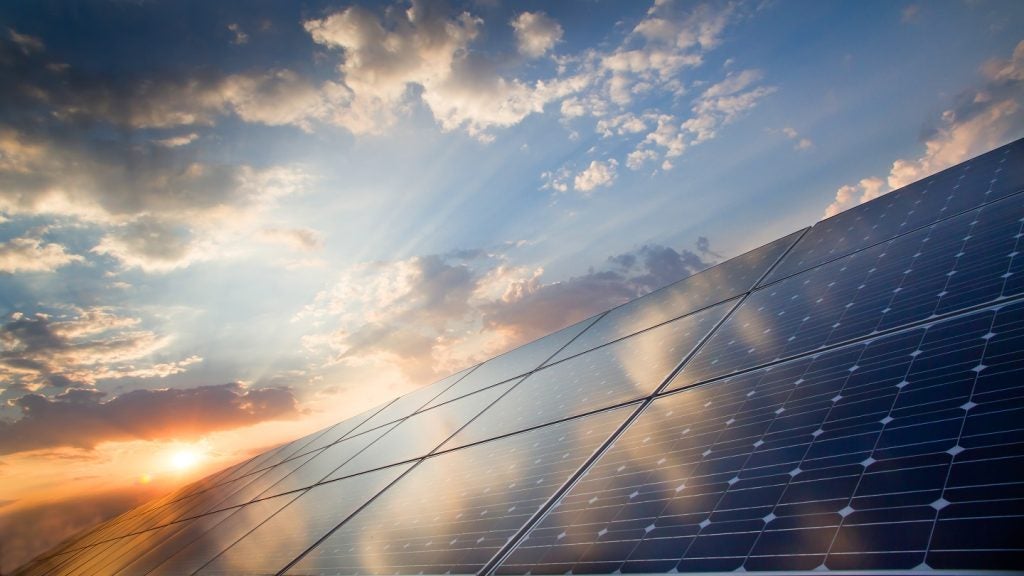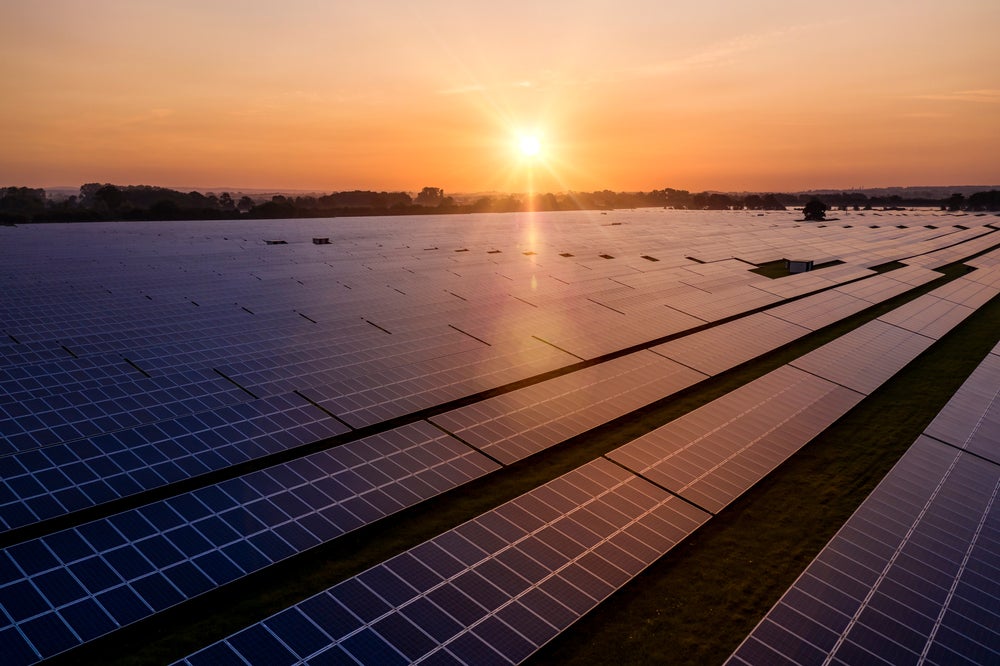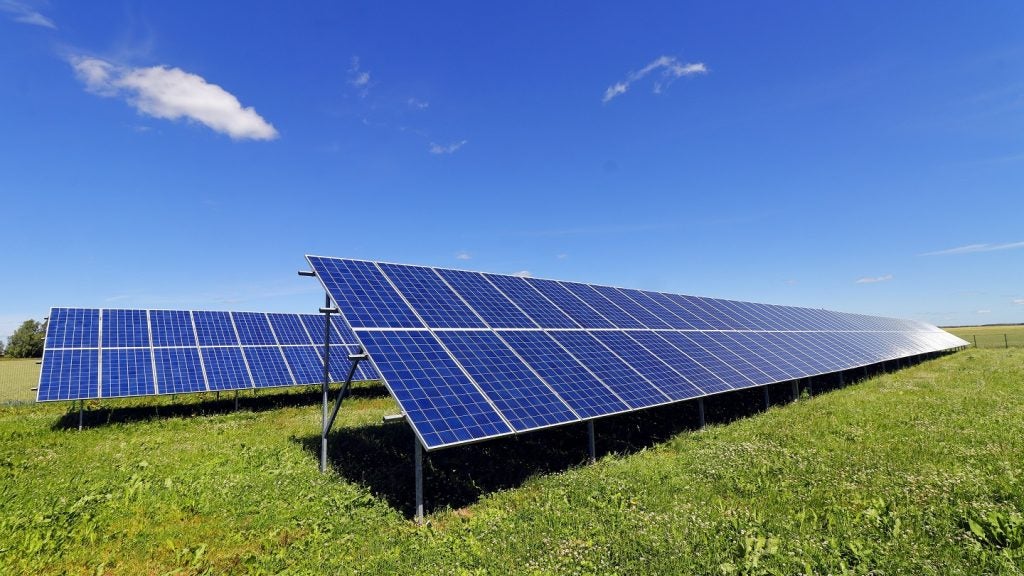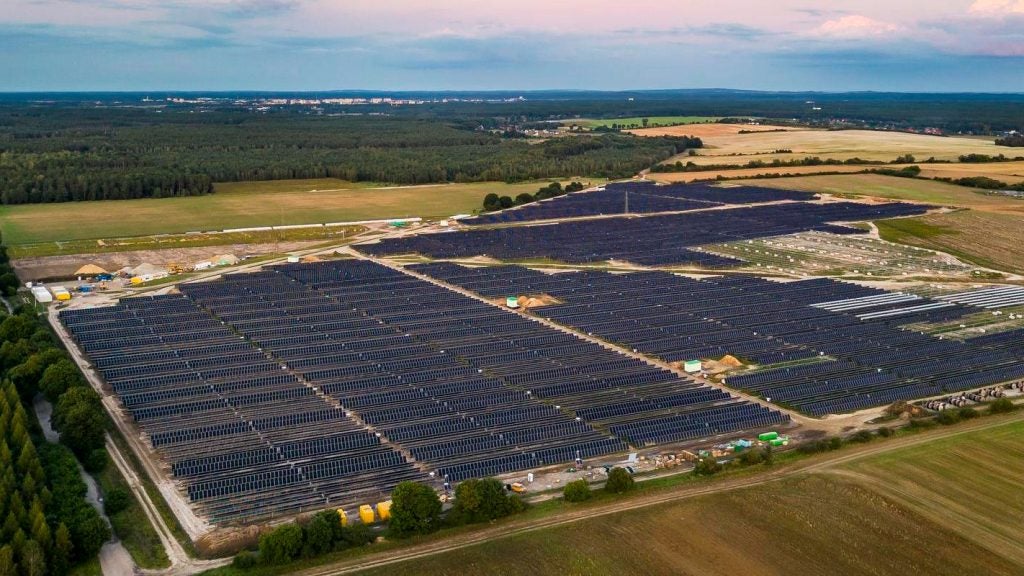Rødsand II Wind Farm is a 207MW project to the south of the island of Lolland in Baltic Sea. It is an extension of the 166MW Rødsand I Wind farm that was commissioned in 2004. Also known as Nysed Wind Farm, Rødsand I and II are listed among the largest wind farms in the world. The plants are owned and operated by E.ON Climate & Renewables.
Estimated at $554m, the Rødsand II project was approved in 2008. Construction of the wind farm began in the second quarter of 2009. The plant became operational in August 2010 and was fully commissioned in October 2010, six months ahead of schedule.
The plant can produce 800 million KWh of power a year, sufficient to supply electricity to 200,000 households and meet 2% of the Danish power consumption.
The project was backed by the Danish Energy Board as part of an energy agreement in the Danish parliament to build two offshore farms with a total capacity of 400MW.
E.ON signed an agreement with SEAS-NVE to sell its 80% stake in the project to the latter for DKK 1.1bn ($200m) in November 2013. E.ON will, however, continue to be the operator of the wind farm holding the remaining 20% stake.
Plant details
Rødsand II covers an area of 35km². The wind farm has 90 2.3MW turbines. The turbines are erected on gravity foundations, arranged in five curved rows consisting of 18 turbines each. The maximum height is 150m.
Each turbine has a hub height of 68.5m and rotor blade diameter of 93m assembled in four pieces – bottom tower, top tower, cell and rotor.
The turbines are connected to 33kV underwater cables that are connected to the substation. Onshore cables are 132kV connecting to the energy company SEAS-NVE’s grid.
Construction of the transformer was completed by April 2010, two months ahead of schedule. By June 2010, two-thirds of the turbines were installed.
Development
Rødsand is an excellent location for an offshore wind farm given its shallow waters, its nearness to the Danish coast, and its excellent wind resources. E.ON is part owner of the existing Rødsand I. Bladt Industries Denmark was major contractor. Deme transported and installed the transformer module (650t). It used a Rambiz heavy lifting pontoon, transport pontoon and auxiliary equipment. Energi E2 runs the wind farm.
Denmark is looking to increase the share of wind power in the electrical supply, which is crucial to its obligations under the Kyoto Protocol and EU renewable energy requirements. The country also wants to reduce dependence on fossil fuels long term.
The government (Venstre and the Conservative People’s Party) and the Social Democrats, Socialist People’s Party, Social Liberals and the Christian Democrats together agreed to build two wind farms in March 2004. Rødsand II was the second of two invitations to tender. The first tendered project was a 200MW offshore wind farm at Horns Rev, to come on line in 2009, built by DONG Energy.
The wind farm’s environmental impact was described in an EIA report that was the subject of a public hearing. Rødsand II was initially tendered, and a concession was awarded to a consortium of Energi E2, DONG Vind A/S and E.ON Vind Sverige AB.
Given the unfavourable financial conditions, DONG Energy and later E.ON Vind Sverige AB withdrew from the project. Like many offshore schemes, it was adversely affected by increasing capital costs of several plant items.
The Danish Energy Board offered the concession for tender again in February of 2008. E.ON again offered the lowest transfer price, at 62.9 øre per kWh for 50,000 peak load hours. This corresponds to electricity production for about 14 years.
Contractors
The wind farm was built by Aarsleff and Bilfinger Berger (laid the foundations), NSW (electrical grid), Siemens (manufactured wind turbines) and A2SEA (installed the turbines).
A separate contract was awarded for the construction of the substation and the grid to the coast by operator Energinet.











